Vietnam has emerged as a leading destination for bag manufacturing, offering a compelling combination of cost-effectiveness, quality, and production capacity. This guide will walk you through the entire process of finding a reliable Vietnamese manufacturer for your bag production needs, from initial considerations to final delivery.
Why Choose Vietnam for Bag Manufacturing?

Due to its inherent advantages, Vietnam has emerged as a significant hub for labor-intensive manufacturing industries, including the bag industry. This has attracted several prominent brands to set up manufacturing operations in the country, including Nike, Adidas, Gap, VF Corporation, and HanesBrands. The advantages of Vietnam in bag manufacturing mainly include the following aspects:
- Labor cost:
Although Vietnam's labor cost has been rising in recent years, which has led some big brands to shift their focus to other Southeast Asian countries such as Cambodia, it still has a great advantage compared with China. According to a survey by the Vietnam Chamber of Commerce and Industry, the average monthly salary of a garment worker in Vietnam in 2023 was around $200, while that in China was over $1,000. - Abundant labor force:
Vietnam has a young and growing population, with over 60% of the population under the age of 35. This provides a large pool of potential workers for bag manufacturers. In addition, Vietnam has a large number of experienced bag factory workers. According to statistics from the Vietnam Leather, Footwear and Handbag Association, there were over 2 million workers in the leather and footwear industry in Vietnam in 2023, of which more than 1 million were skilled workers. - Low export tariffs:
Vietnam is a member of the World Trade Organization (WTO) and the Association of Southeast Asian Nations (ASEAN). Vietnam has entered into 15 free trade agreements with partners across all continents, including strategically important partnerships such as the EU-Vietnam Free Trade Agreement (EVFTA) and the Comprehensive and Progressive Agreement for Trans-Pacific Partnership (CPTPP), all of which favor lower trade tariffs to boost trade value. - RCEP member and bordering China:
Many of the raw materials needed for bag manufacturing, such as PU and fabrics, cannot be produced in Vietnam and need to be imported from China. As a member of Regional Comprehensive Economic Partnership (RCEP), Vietnam can import these raw materials from China tax-free. In addition, as Vietnam borders China, the transportation time and logistics cost of imports will also be very low.
Is My Bag Suitable for Vietnam Manufacturing?
Whether your bag is suitable for Vietnam manufacturing depends on a number of factors, including:
- The type of bag:
Vietnam is well-equipped to manufacture a wide range of bags, including backpacks, handbags, luggage, and tote bags. However, some types of bags, such as high-end luxury bags, which may require specialized skills or equipment that may not be readily available in Vietnam, may be better suited for manufacturing in other countries. - The materials used:
Vietnam has a strong supply chain for a variety of materials commonly used in bag manufacturing, such as leather, fabric, and nylon. However, if your bag requires specialized materials or components, you may need to consider manufacturing in a country with a more specialized supply chain. - The volume of production:
Vietnam is a good option for businesses that need to produce large volumes of products. However, it may not be the best option for businesses that need to produce small batches of products. - Your budget:
Vietnam is a relatively low-cost manufacturing destination. However, if you are looking for the absolute lowest possible manufacturing costs, you may need to consider other Southeast Asian countries with lower labor costs, such as Cambodia.
How to Find Bag Supplier Information?
If you are looking to source bags from Vietnam, there are a number of ways to find supplier information.
Use online resources
There are a number of online resources that can help you find bag suppliers in Vietnam. These resources include:
- Search engine
The most popular search engines in Vietnam are Google and Cốc Cốc. You can use search engines to find bag suppliers in Vietnam by entering keywords such as "bag manufacturers in Vietnam" or "bag suppliers in Vietnam". If you are proficient in Vietnamese, using the Vietnamese language versions of these keywords may yield more and accurate results, such as "nhà sản xuất túi xách". - B2B platforms
B2B platforms are online marketplaces where businesses can connect with suppliers. There are a number of B2B platforms that focus on the Vietnamese market, such as:- alibaba.com: Alibaba.com, a member of the Alibaba Group, is one of the world’s premier e-commerce brands and the number one online marketplace for global and domestic China trade.
- globalsources.com: Global Sources, established in 1970, is a leading multichannel B2B media company committed to facilitating foreign trade in the Greater China region.
- Trade directories
There are a number of trade directories that list bag suppliers in Vietnam. These directories include: - Industry associations
There are a number of industry associations that can help you find bag suppliers in Vietnam. These associations include:
Attend trade shows
Attending trade shows is a great way to meet with potential bag suppliers in Vietnam. There are a number of trade shows that are held in Vietnam each year, here is a list of exhibitions related to bag and leather goods in 2024 as follows:
- Vietnam Hanoi Textile & Garment Industry Expo (HanoiTex): HanoiTex mainly focuses on the machinery, spare parts, technologies, dyes, and chemicals of the textile & garment industry.
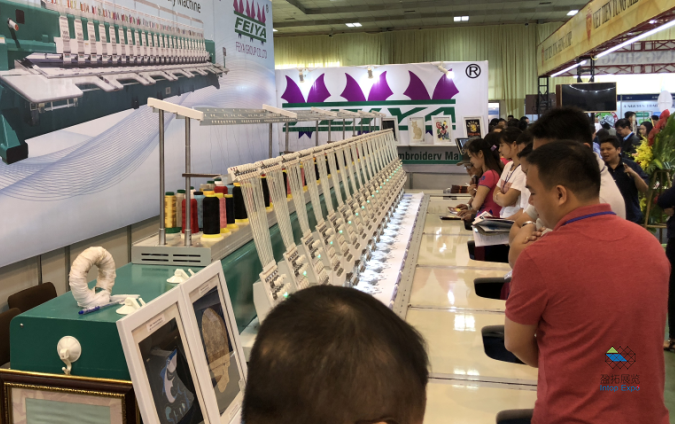
- Vietnam Textile & Garment Industry Expo (SaigonTex): SaigonTex is the biggest and the most influential event in the textile and garment industry of Vietnam.
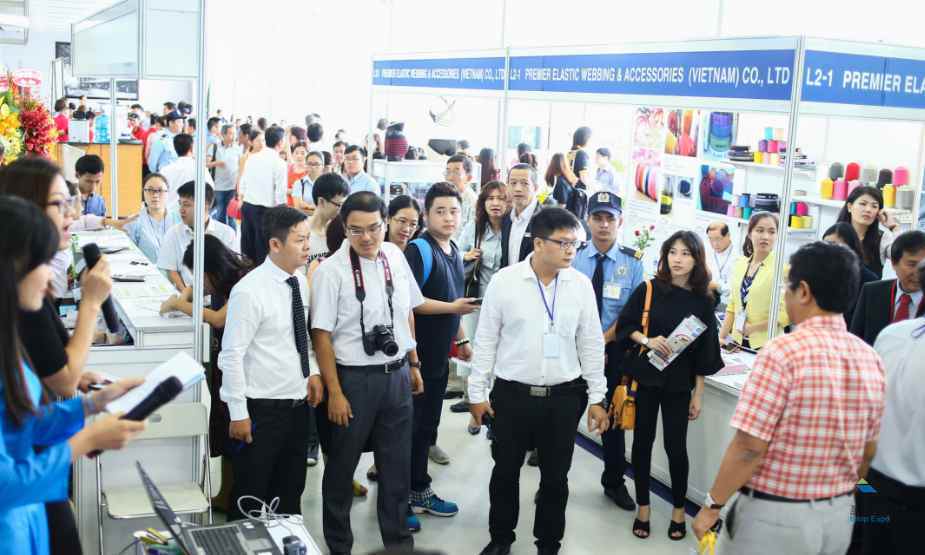
- Asia Fashion (Vietnam) Show: Asia Fashion Exhibition is a B2B professional exhibition focusing on building the fashion industry chain, focusing on upstream and downstream industries such as bags, footwear, clothing, accessories, leather accessories, beauty and personal care, etc., and is committed to creating the largest and most professional fashion B2B exhibition in Asia. Asia Fashion Show attracts the world's most influential fashion brands, designers, manufacturers and buyers, providing a professional stage for Asian fashion to showcase innovation, explore trends and expand business opportunities. The Asian Fashion Exhibition Series has already landed in Bangkok, Thailand, Ho Chi Minh City, Vietnam, and Jakarta, Indonesia, and plans to continue to expand into global markets such as Russia and Malaysia. This unmissable Asian fashion event has lit up the schedule. The exhibition will bring together the power of the fashion industry and build a grand platform for you to discuss the future of innovative fashion.
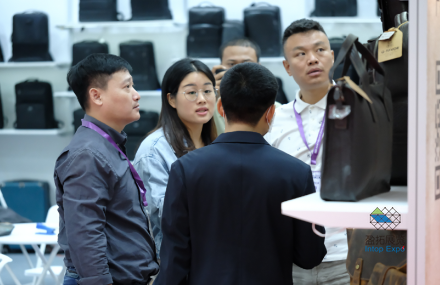
- Shoes & Leather- Vietnam: The 24th International Footwear and Leather Products Exhibition - Vietnam (Shoes & Leather- Vietnam 2024) will be held in conjunction with the 24th International Footwear and Leather Products Exhibition at SECC, Ho Chi Minh City, Vietnam from July 10 to 12, 2024. . The exhibition is one of the most important and leading events for the footwear and leather industry in the ASEAN region. In 2023, the exhibition recorded a total of 638 exhibitors from 21 countries and regions and 11,206 professional visitors from 37 countries and regions. The Vietnam Footwear and Leather Exhibition in 2024 is expected to have 800+ exhibitors and 15,000+ professional visitors. It will include advanced shoemaking machinery, cutting solutions, leather, synthetic leather, materials, sewing technology, automation, chemicals, apparel, 3D printing, components and more. IFLE-Vietnam will showcase the latest finished products such as footwear, leather goods, bags and more.

- Global Sourcing Fair Vietnam: Global Sourcing Vietnam offers the most effective and valuable sourcing platform for export-ready home, gift, and fashion products to potential buyers in Vietnam and globally. In the exhibition, participants will discover exclusive furniture and home decor products only found in Vietnam with high qualities and aesthetics. Moreover, access to eco-friendly handmade gifts and premium products reflecting Vietnam’s heritage or connecting with verified garment and textile manufacturers from small to large scales will surely satisfy the most demanding buyers.

Contact Vietnamese embassies and consulates
Vietnamese embassies and consulates can help you find bag suppliers in Vietnam. They can provide you with a list of potential suppliers and can also help you arrange meetings with suppliers.
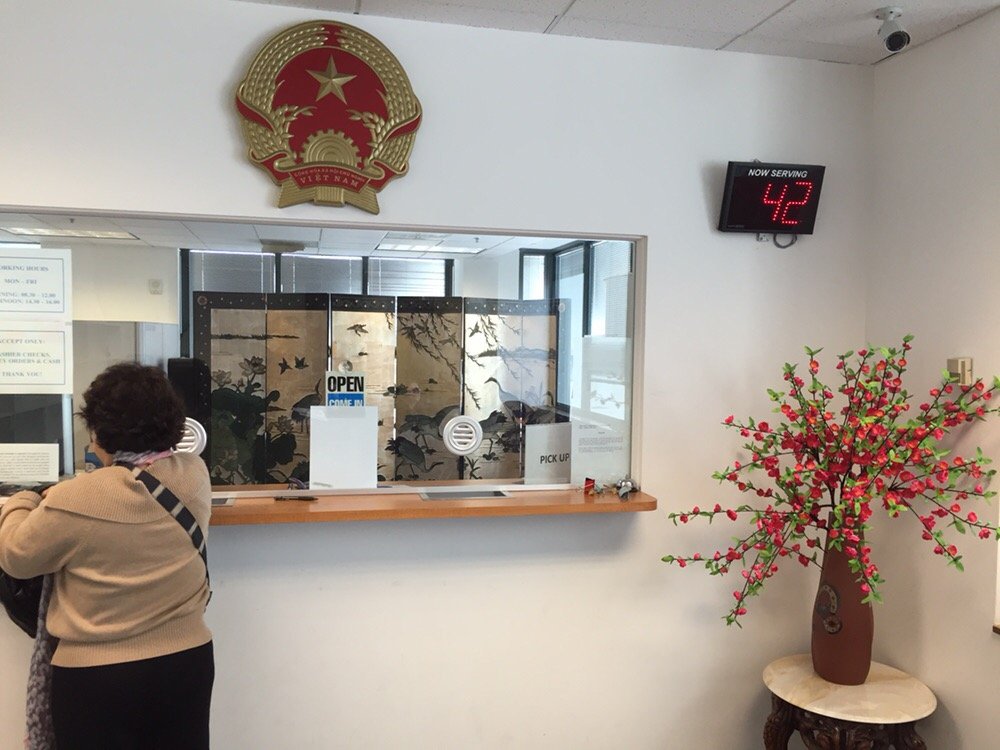
Use a sourcing agent
A sourcing agent can help you find bag suppliers in Vietnam. Sourcing agents have a network of contacts in the bag manufacturing industry and can help you find the right supplier for your needs.

Alternatives to Vietnam Manufacturing
If you're unable to find a satisfactory supplier in Vietnam, consider Cambodia as an alternative for bag manufacturing. Cambodia boasts deep-water ports for easy international shipping and enjoys Generalized System of Preferences (GSP) benefits, which include tariff advantages. Additionally, lower labor costs make it an attractive option. J.D. Leather Goods' decision to establish a factory there highlights its potential. For more information, check out the article Diversifying Handbag Manufacturing: Top 5 Alternatives to China in 2024.
A Vietnam Manufacturer List
- Casablanca JSC
- Topocean Consolidation Service Co.
- Casla JSC
- Continent Packaging Corp.
- Thai Duong Co., Ltd.
- An Phat Plastic And
- Pungkook Saigon Co., Ltd.
- 76 One Member Ltd. Liability
- St.Johns Packaging Vietnam Co., Ltd.
- South Sea Leather Wares
- Simone Accessories Collection
- Hing Ngai Leatherware (Cambodia)
- Js Vina Co., Ltd.
- King Loy Enterprise Co., Ltd.
- Simone Acc.Collection Vietnam Ltd.
- Ligentia Vietnam JSC
- Wwl Vietnam Co., Ltd.
- Cy Vina Co., Ltd.
- Trinity Handbags Co., Ltd.
Assessing Manufacturer Credibility
Selecting the right manufacturer is a crucial step in the bag manufacturing process. A reliable and credible manufacturer can ensure the quality, efficiency, and sustainability of your production. Here are some key factors to consider when assessing the credibility of a bag manufacturer.
Online Reviews and Ratings
Start by researching online reviews and ratings from previous customers. This provides valuable insights into the manufacturer's quality, reliability, and customer service. Look for reviews on platforms like Google Maps, Trustpilot, and industry-specific forums.
Brand Reputation
Evaluate the brands that the manufacturer has collaborated with in the past. This can indicate their quality standards, pricing range, and market positioning. Ideally, look for manufacturers that have worked with brands similar to yours in terms of quality and target market. Different quality tiers have significant price differences. A manufacturer accustomed to high-end products may not offer competitive prices for low-level products.
Certifications and Compliance
Check for certifications such as ISO 9001, ISO 14001, and SA8000. These certifications demonstrate the manufacturer's commitment to quality management, environmental sustainability, and social responsibility. Ensure that their certifications align with your company's values and requirements.
Requesting Samples and Factory Visits
Requesting physical samples is the most direct way to assess the manufacturer's craftsmanship and quality standards. If possible, arrange a factory visit to observe the production process firsthand. This allows you to evaluate the manufacturer's facilities, equipment, and workforce in detail.
Additional Considerations
- Communication and transparency: Assess the manufacturer's communication style and willingness to share information. A reliable manufacturer will be transparent about their production process, costs, and timelines.
- Pricing and payment terms: Negotiate clear pricing and payment terms that are fair and mutually beneficial.
- Minimum order quantity (MOQ): Determine the manufacturer's MOQ and ensure it aligns with your production needs.
- Intellectual property protection: Ensure the manufacturer has adequate measures to protect your intellectual property and designs.
By carefully considering the factors mentioned above, you can effectively assess the credibility of a bag manufacturer and make an informed decision that aligns with your business needs and objectives. Remember, building a strong and reliable partnership with a manufacturer is essential for the success of your bag manufacturing project.
Negotiating Terms and Finalizing Contracts
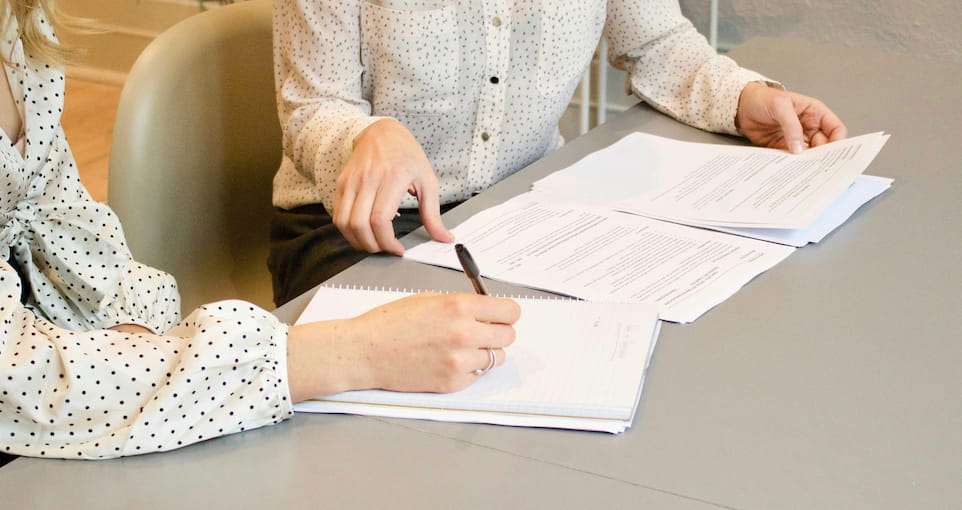
When it comes to negotiating terms and finalizing contracts for bag manufacturing, there are a few key things to keep in mind.
- Payment terms: The first is payment terms. This refers to the method and timing of payment for the bags. Common payment terms include: T/T (telegraphic transfer), L/C (letter of credit), Western Union and PayPal etc.
- Delivery time: The next important factor is delivery time. This is the amount of time it will take for the bags to be manufactured and delivered to you. Delivery times can vary depending on the complexity of the bags, the quantity of bags being ordered, and the manufacturing capacity of the factory.
- MOQ: MOQ stands for minimum order quantity. This is the minimum number of bags that you must order from a factory. MOQs can vary depending on the factory and the type of bags being ordered.
- Contracts: Once you have agreed on the payment terms, delivery time, and MOQ, it is important to put everything in writing in a contract. This will help to protect both parties in the event of any disputes. The contract should include the following information:
- The agreed-upon price for the bags
- The payment terms
- The delivery time
- The quality standards for the bags
- The procedures for resolving disputes
- The confidentiality terms
Negotiating tips
Here are a few tips for negotiating terms and finalizing contracts for bag manufacturing:
- Do your research. Before you start negotiating, it is important to do your research and understand the market. This will help you to determine a fair price for the bags and negotiate favorable terms.
- Be prepared to walk away. If you are not happy with the terms being offered, be prepared to walk away from the negotiation. This will show the other party that you are serious about getting a fair deal.
- Be patient. Negotiations can take time, so be patient and don't be afraid to compromise.
By following these tips, you can increase your chances of negotiating favorable terms and finalizing a contract that is in your best interests.
Ensuring Quality Control and Production Monitoring

Quality control and production monitoring are essential for ensuring that bags are manufactured to the correct specifications and meet the required quality standards. This article will discuss some of the key steps that can be taken to ensure quality control and production monitoring in bag manufacturing.
Production-Related Samples
- Pre-Production Samples: Before launching mass production, bag manufacturers create pre-production samples. These samples serve as prototypes and allow for adjustments based on client requirements. Pre-production samples are essential for ensuring that the bag design, materials, and workmanship align with expectations.
- Bulk Samples: Bulk samples represent the actual production run. Manufacturers randomly select samples from the bulk production to check for consistency. These samples undergo rigorous testing, including measurements, color matching, and durability assessments. Bulk samples provide insights into the overall quality of the production batch.
- Test Samples: Test samples are specifically used for quality testing. These samples undergo various tests, such as tensile strength, colorfastness, and seam strength. Testing ensures that the bags can withstand wear and tear during regular use.
Mid-Term and Final Inspection
Mid-term inspections occur during the production process. Inspectors check the production line for any deviations from approved specifications. Key checks include:
- Stitching quality: Ensuring consistent and secure stitching throughout the bags.
- Material consistency: Verifying that the materials used match the approved samples.
- Printing accuracy: Checking logos, patterns, or designs for accuracy.
- Dimensions and shape: Confirming that bags meet size requirements.
Addressing issues during mid-term inspections prevents defects from accumulating and affecting the entire production batch.
Final Inspection
The final inspection takes place when the bags are ready for shipment. Inspectors thoroughly examine each bag to ensure compliance with quality standards. Areas of focus include:
- Workmanship: Assessing seams, zippers, handles, and overall construction.
- Color consistency: Verifying that colors match the approved samples.
- Label placement: Ensuring correct label positioning.
- Packaging quality: Checking packaging materials and presentation.
Third-Party Inspection
Consider using third-party inspection services. Independent inspectors evaluate bags objectively and provide unbiased feedback. Benefits of third-party inspection include:
- Impartial evaluation: Third-party inspectors have no vested interest in the production outcome.
- Expertise in quality standards: They are well-versed in industry-specific quality requirements.
- Reduced risk of overlooking defects: An external perspective helps identify issues that internal teams may miss.
Quality control and production monitoring are critical for bag manufacturers. By implementing robust sampling procedures, conducting mid-term and final inspections, and considering third-party inspection, manufacturers can ensure that their bags meet customer expectations and maintain a high level of quality. Whether you’re a manufacturer or a buyer, understanding these processes is essential for successful bag sourcing and production.
Shipping and Logistics
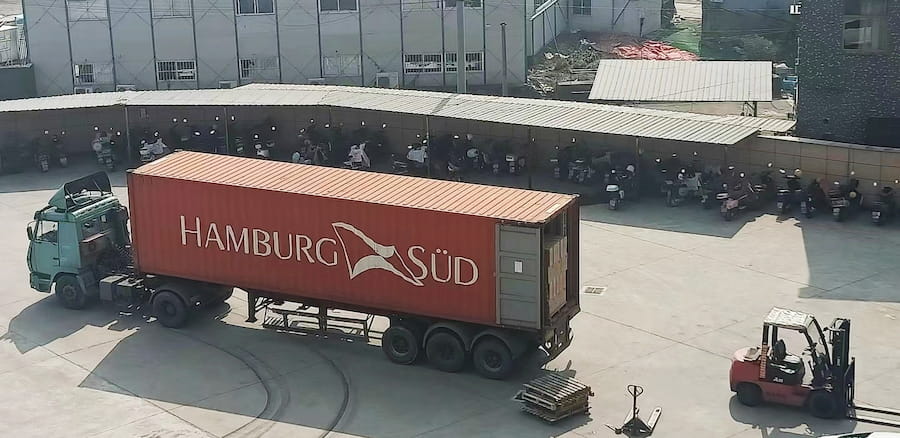
In the bag manufacturing industry, effective shipping and logistics are crucial for ensuring that your products reach your customers in a timely and cost-efficient manner. This guide will walk you through the essential aspects of shipping and logistics tailored specifically for those in the bag manufacturing business in , with a focus on European and American markets.
Choosing the Right Shipping Method
Selecting the appropriate shipping method is paramount to balance cost, speed, and reliability. Here's a breakdown of the common shipping options to Europe and the United States:
- Air Freight: Fast and reliable, air freight is ideal for urgent shipments. Transit times to Europe and the U.S. typically range from 1-5 days, depending on the destination and carrier. However, this method is also the most expensive.
- Sea Freight: For substantial bag orders, sea freight stands out as a cost-efficient shipping method with transit times generally ranging from 2 to 6 weeks. These durations are contingent on the ports of departure and arrival, and the vessel type. It's the prevalent choice for shipping bags from Vietnam to both Europe and the United States, with estimated times of 10-30 days to Europe and 20-30 days to the United States.
- Express Courier Services: Companies like DHL, FedEx, and UPS provide door-to-door delivery services with tracking capabilities. They are a good option for small to medium-sized shipments and offer delivery times ranging from 2-10 days.
- Rail Freight: For shipments to Europe, rail freight can be a cost-effective alternative, especially for large volumes. Transit times are generally between 7-14 days.
Packaging and Labeling
Proper packaging not only protects your bags during transit but also presents a professional image to your customers. Consider the following:
- Use durable materials that can withstand the rigors of international shipping.
- Ensure that packaging is weather-resistant, especially if the bags are not waterproof.
- Clearly label each package with the correct destination address, return address, and any necessary handling instructions.
- Shipper's name and address
- Consignee's name and address
- Shipment description
- Weight and dimensions of the shipment
- Harmonized System (HS) code
- Country of origin
- Adhere to international packaging standards and regulations to avoid delays or penalties.
Customs and Documentation
Navigating customs can be complex, but it's vital to ensure smooth clearance of your shipment. Here's what you need to know:
- Provide a detailed commercial invoice that accurately describes the contents and value of the shipment.
- Complete all necessary customs declaration forms to ensure your bags comply with the import regulations of the destination country.
- Be aware of any special requirements or restrictions for the materials used in your bags to prevent customs delays or penalties.
Tracking and Communication
It is important to track your shipment and communicate with your shipping company throughout the shipping process. This will help to ensure that the shipment arrives on time.
Conclusion
Vietnam's emergence as a leading bag manufacturing hub provides businesses with a cost-effective, high-quality, and efficient production solution. By carefully navigating the selection of suppliers, negotiating terms, ensuring quality control, and managing logistics, you can successfully leverage Vietnam's manufacturing prowess to bring your bag designs to market.